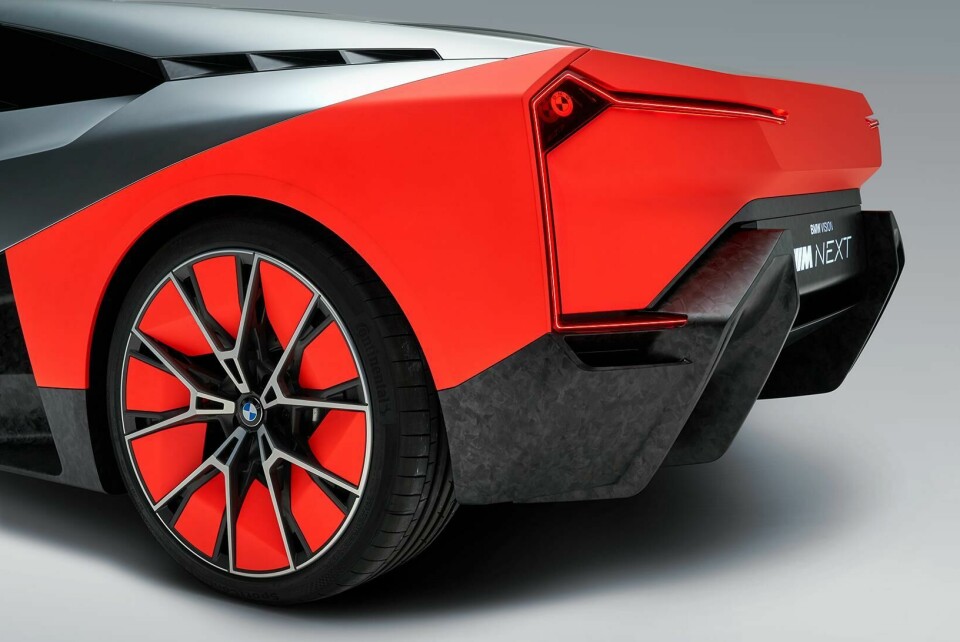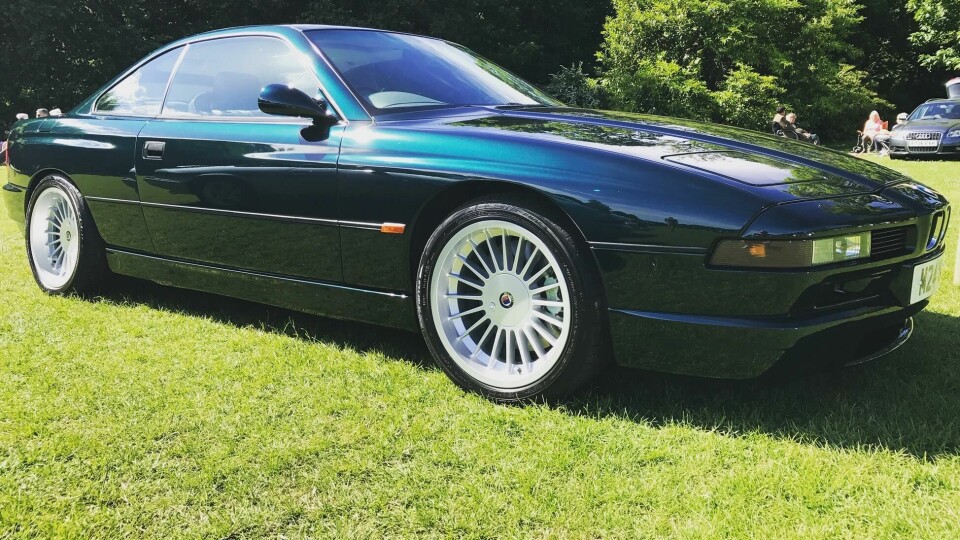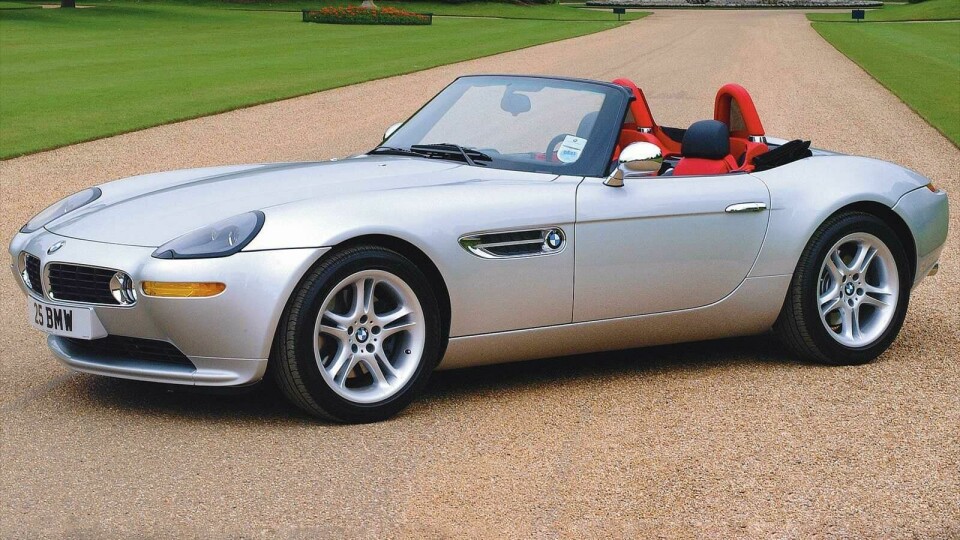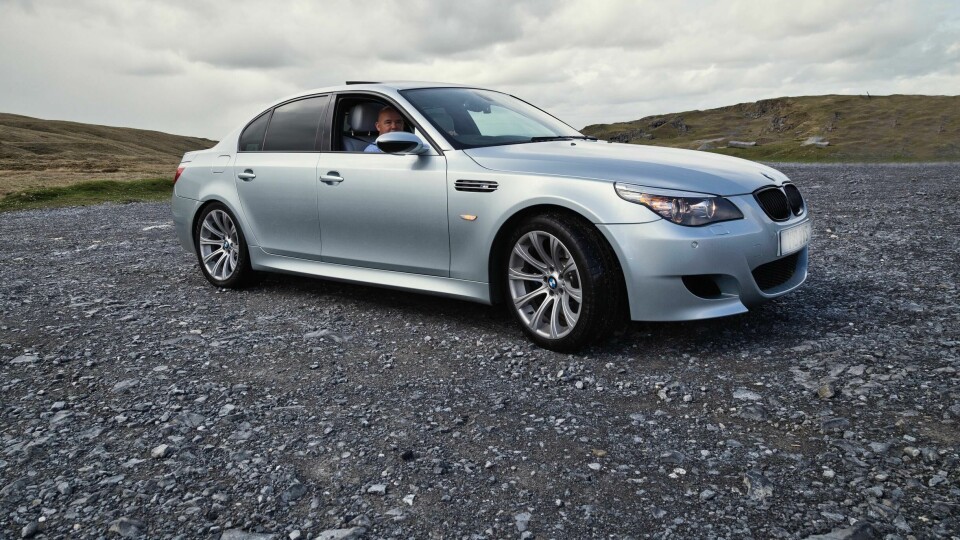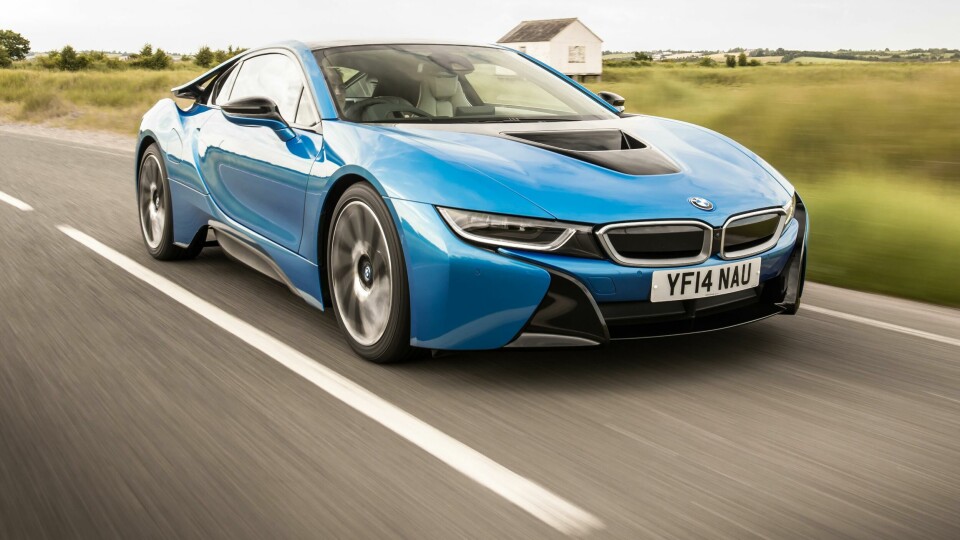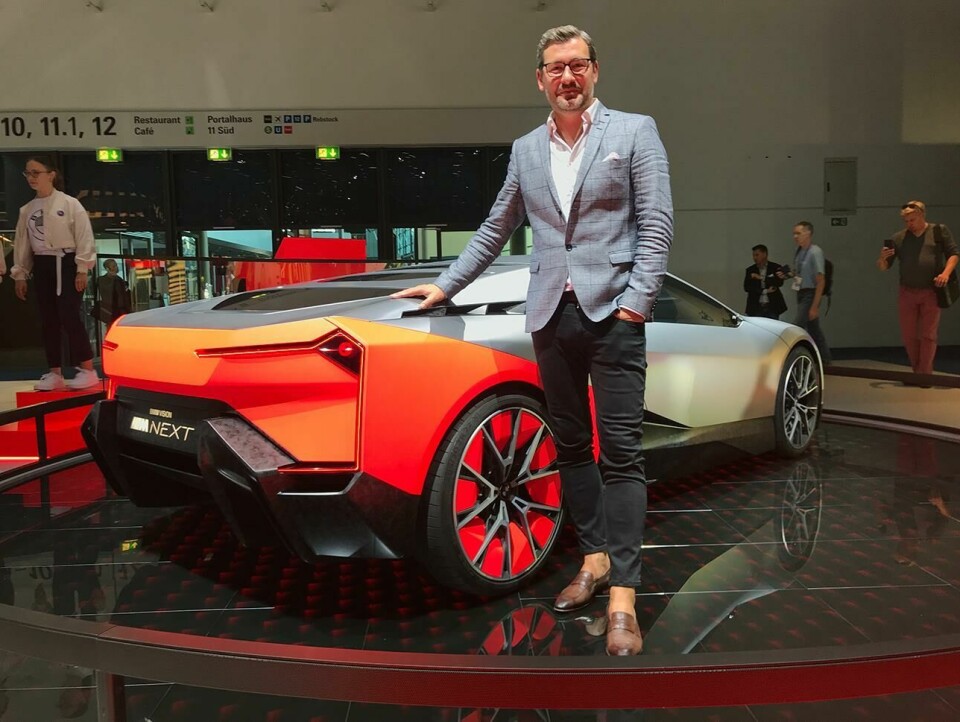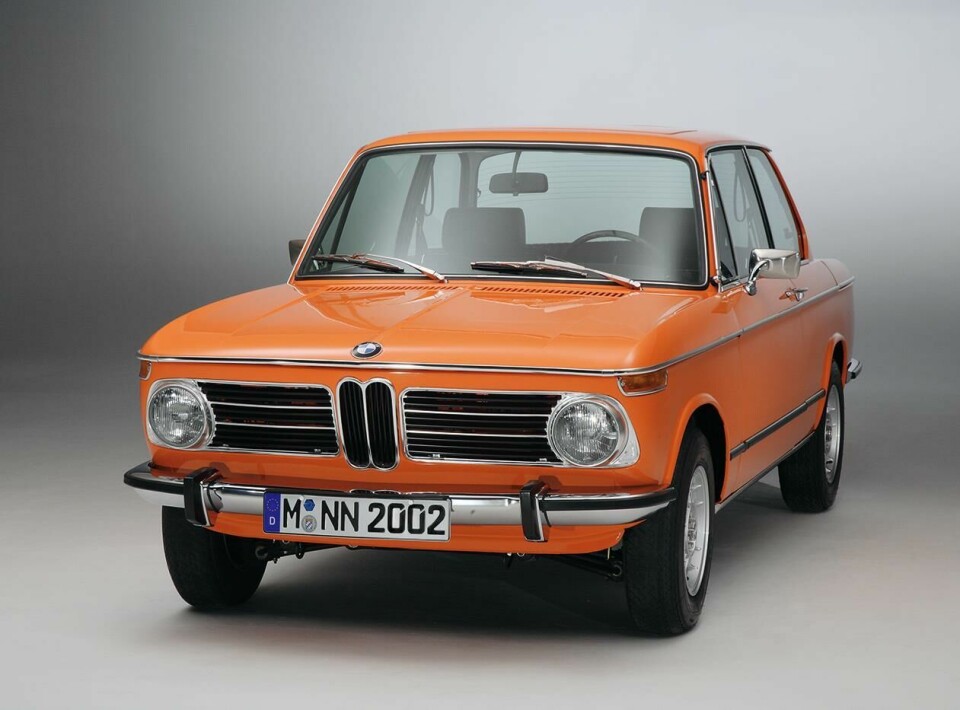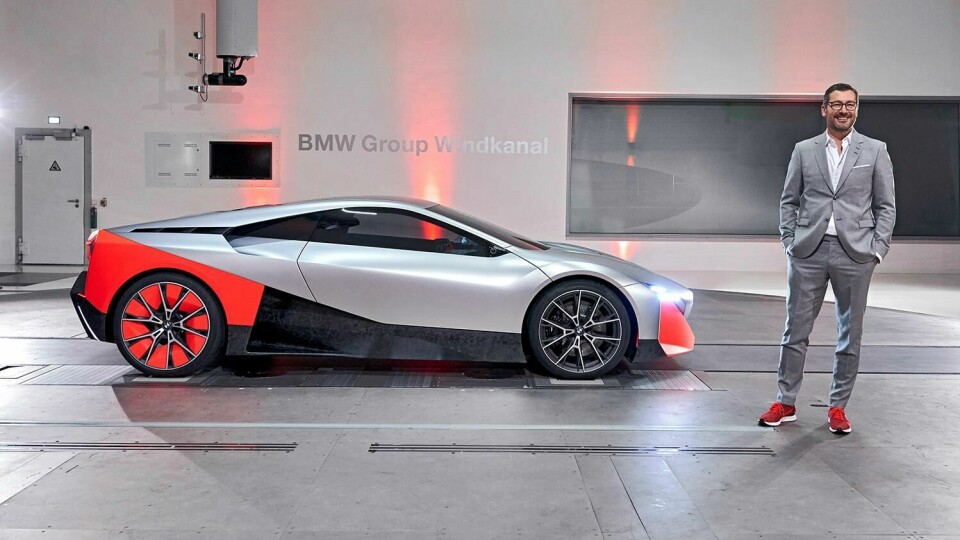
BMW Vision M Next
The BMW M Vision concept carries some interesting messages about what to expect from BMW in coming years…
The M Vision ticks a lot of boxes for die-hard BMW enthusiasts, connecting BMW’s future to some iconic cars from its history. The angular surfacing – seen across the hall at Frankfurt on a Hyundai concept too – worked well with the Vision M’s striking use of graphics. We spoke to Domagoj Dukec about the M Vision and the subtext of this striking concept.
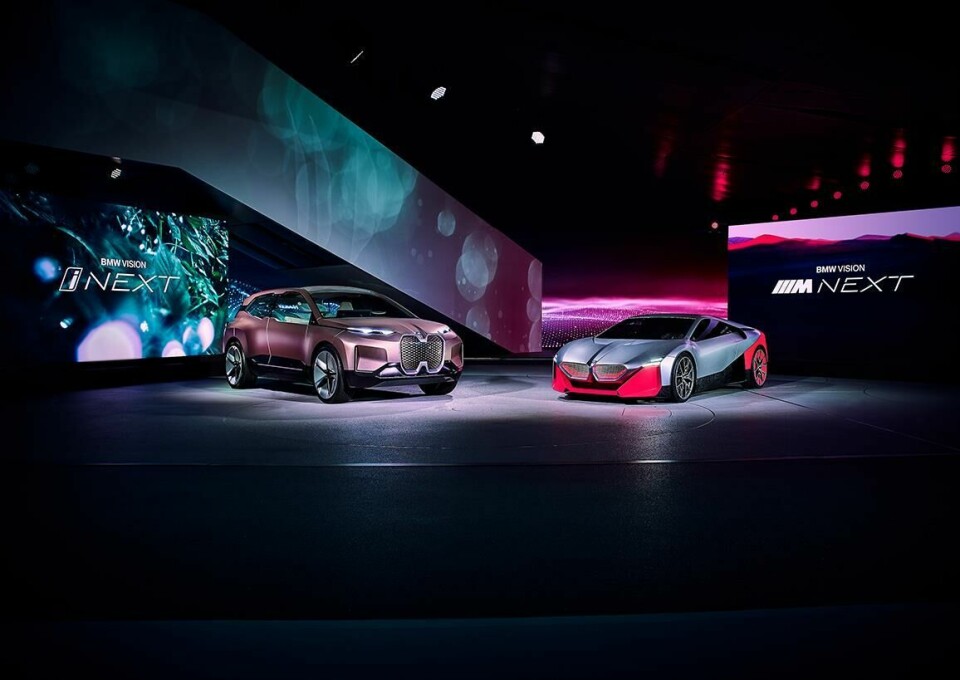
“On this car, it was not just about making a sports car, it was also to transport a few messages. On one hand it was to showcase the whole topic around Boost. We have these two experiences, Ease and Boost, which we promised our customers we will get in every car in the future.”
The Vision iNext concept (2018) is where BMW explored what autonomy looks like, and it featured some very interesting intelligent materials and UX choices. “iNext stands for the whole experience of Ease,” said Domagoj Dukec, going on to note the highly critical reaction to that concept: “People were saying ‘now BMW becomes just a living room’.”
Vision iNext - also shown again at Frankfurt
But that furore rather clouds the message. According to Dukec, the point of this concept was to explore the ‘what if’. “What makes BMW so special if you are not driving yourself? What experience makes the difference to others? Or how do we bring added value? What would be your motivation to buy BMW if they are autonomous cars? Because you have to add services, you have to add experiences, and this was what the iNext showcased.”
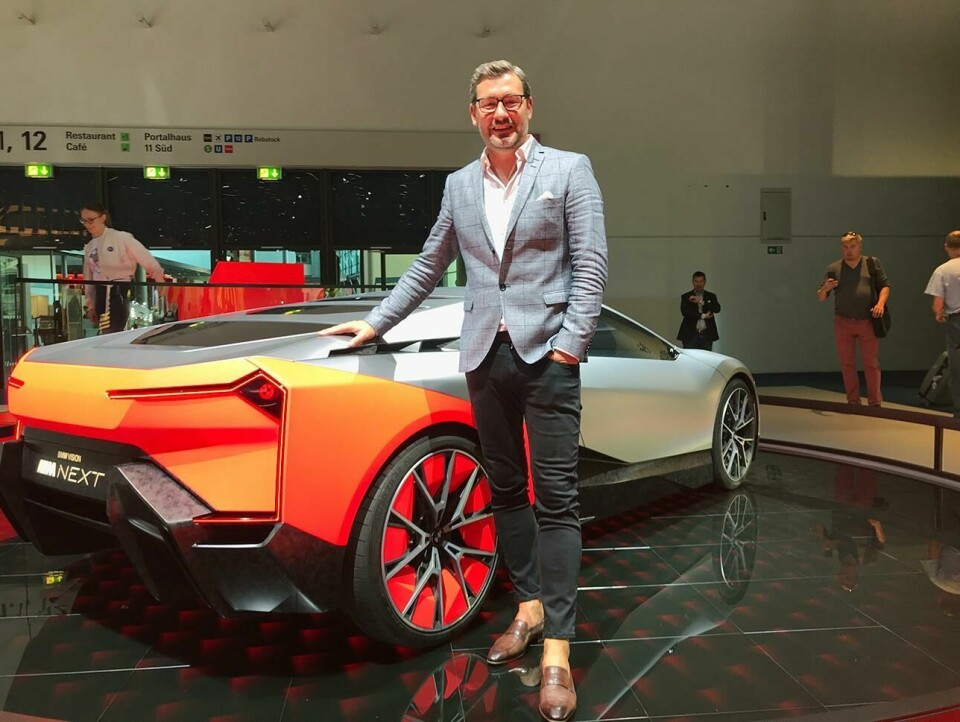
On the M Next shown at Frankfurt 2019, it is the opposite messaging. “If you drive yourself, then the interaction between human and car would also be typical BMW, so we want also the best BMW experience there, the ultimate driving machine, because that is what BMW stands for. So we created something where the interaction is just unimodal – so it is not like in the 7-series or the iNext where you have different varieties of interaction with the car – direct touch, remote, voice.”
In the M Next, distractions are very deliberately kept to a minimum – there is no dressing of the interior with lighting features, the driver gaze is solely directed to the ‘Boost Pod’ which sits in the driver’s cone of vision – a mixture of head-up display, steering wheel and cockpit dials. To start the car, you use a fingerprint sensor on the BMW logo on the steering wheel, and you can then configure your setup on the steering wheel.
As soon as you start driving, a transparent OLED display curve (transparent to avoid distraction) provides necessary information. A simple but engaging UX system guides the driver’s attention back to the driving experience – as the car speeds up, the display changes colour from white over yellow to red. The positioning of the information also changes, depending on the driving conditions – for example, when you are driving fast, information is displayed in red just on the HUD. It is flexible and dynamic depending on your driving conditions.
M Next user interface
The M Next also makes a (timely) point about electrification – this concept is a hybrid, Dukec told CDN: “Everyone talks about electrification, but it will take some time. It won’t happen tomorrow – and even in five years, maybe not more than 25 percent of our cars will be electric. Because this is not the one and only solution. If diesel will be banned from cities, we can’t predict the future, then plug-in hybrid can be the new diesel because it is a good combination of zero-emission and longer range.”
BMW has used this “emotional” show car to demonstrate how that future technology could work and make it more attractive. It believes that plug-in hybrids are a technology with a lot of potential in coming years. “And with the M Next, we wanted to show that we believe in this technology and that we are developing it further,” Dukec revealed.
The clearest design reference on the M Next is to the iconic M1 – which never had a successor. “Everyone is asking when the next sports car will come from BMW but BMW was never an expert in doing sports cars. We do the most sporty limousine, or any product – this is our competence. But here, clearly, we wanted to quote and refer to the M1,” he confirms.
“The M1 was very clean at the time, the purity of it, and this is what we tried to do here; very pure surfacing with a very strong graphic. With the graphics very simple, to communicate on a digital and progressive [level], so that you see that it is an electrified sports car.”
BMW E25 Turbo concept (1972)
Dukec explained how the design team didn’t want sensual, fluid lines, because this would refer more to the old world. The strong graphic element, the colour blocking on the front and rear, was “quoting” the BMW Turbo (E25) concept of 1972. “We also wanted to make it very recognisable because if you show such a car it should be immediately easy to recognise. We also had in mind that it might be an Art Car (in the same way the M1 was).”
Different wheels front to back and the colour blocking on the rear wheels signal the hybrid powertrain, but also give good street recognition. “It is something which is very graphic but very effective. It is a low car, it should be very visible. With the M Next we made the functionality of the car a much better sports car and at the same time we didn’t want to make it just a replacement of the i8.”
“At the time the i8 was a trendsetter in terms of surface language,” Dukec continued. “It was very linked to aerodynamics, the whole surfacing was linked to layering, fluid lines. Here we wanted to create a new art direction. Like in art you have one decade of romanticism then you have a cubism. With this car, we wanted to have a similar impact to the i8, but completely changed.”
At the front of the M Vision, familiar BMW twin headlights connect to the brand identity, “but they are not next to each other, they are above one another, which looks more sporty, and the kidney looks lower compared the headlights. It is a variant of a classic horizontal layout.”
In the back, there are more references to the i8, but here too it is not a simple replication. “Because the i8 was one of the first cars with such a sculptural rear light, this was a strong signature and we wanted to do something similar with a strong signature, but with the latest technology. So, there is a very thin laser wire inside which looks very precise.”
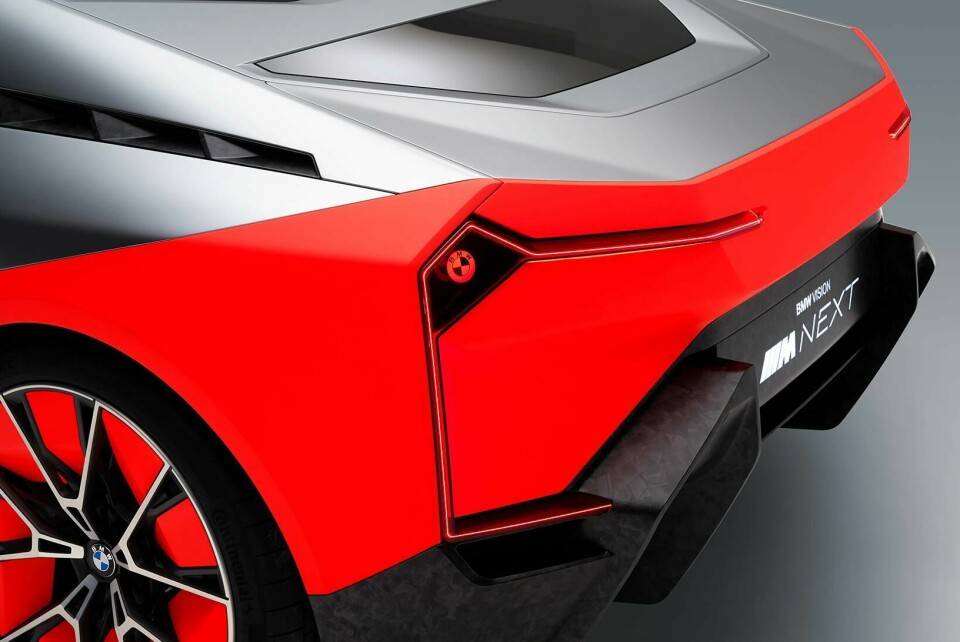
The laser-wire lighting also highlights the lightweight element of the car, the reduction, along with giving the M Vision high recognition at night on the road.
“M stands for the most BMW you can get in any segment, and if you have a sports car which is a purpose-built car, it should implement all the state-of-the-art tech you can have, as a lighthouse; this is what M stands for,” Dukec said. If this concept is a precursor of the next iteration of i8, as some have suggested, there is a lot to look forward to from BMW.
